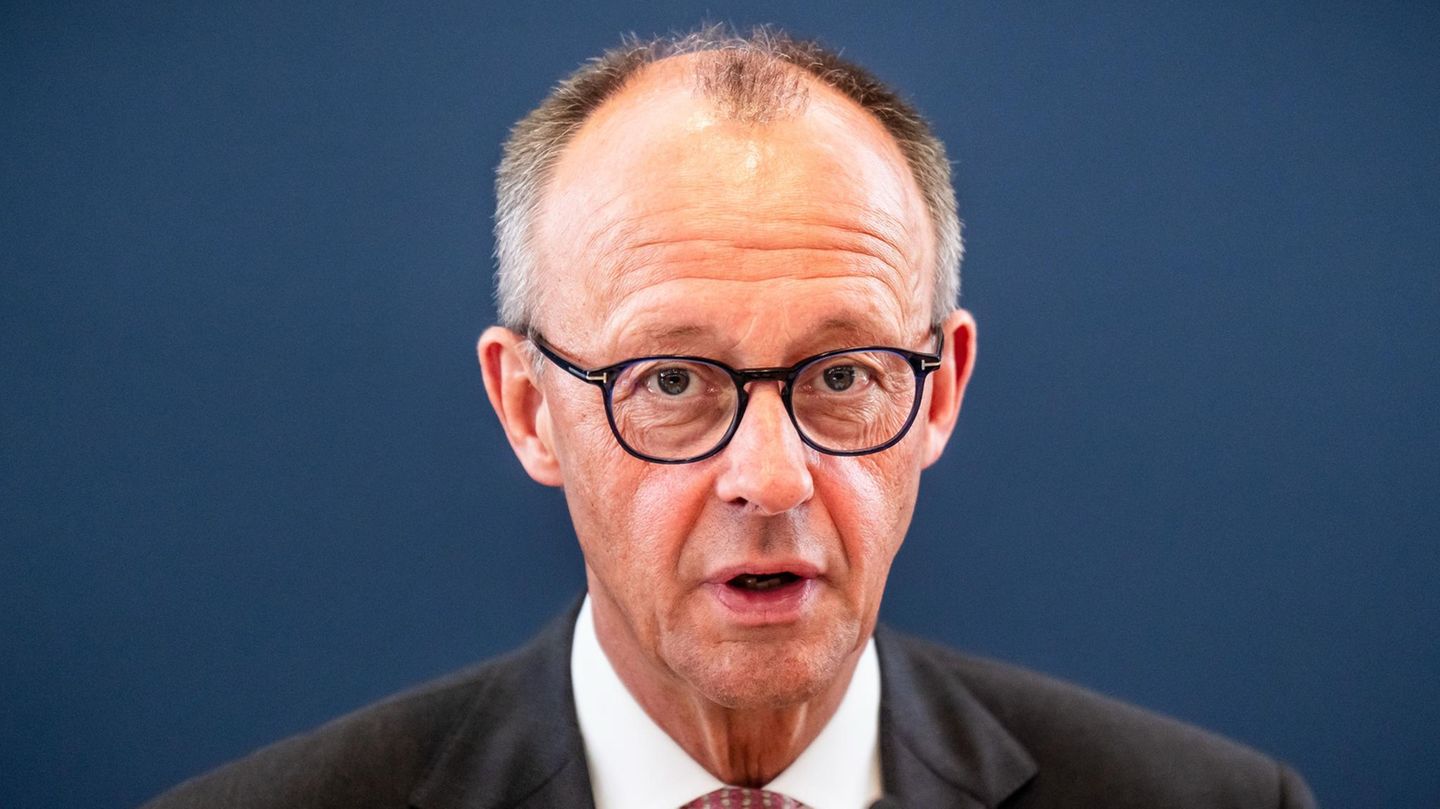In recent months, the prices of the medications most used by older people They began to rise sharply: at the end of November an increase of 25.7% was recorded, in December, the increase reached 40.9%, in January they added 13.6% and, in February, they adjusted to 15%. That is, In just 4 months, they increased their prices by 131.4%far surpassing the already high inflation of that same period (93.3%).
This is clear from a report by the Center for Political Economy (CEPA)which highlights that, within the general increase of 15% in February, which suffered the medicine basket, the increase of 24% on average of the 10 that increased the most stands out. Above the average, monthly increases of up to 49% are perceived.
But they surprise even more the interannual increases of some highly consumed: The average of the 10 medications that increased the most in the last year reaches an average interannual increase of 474%. Among those 10 products are Optamox Duoa broad-spectrum antibiotic, which increased 538%, Ibupiraca non-steroidal anti-inflammatory, which increased 535%, medications for osteoarthritis, osteoarthritis, and vitamin complexes used in nutritional deficiencies, etc.
PAMI prices
In this context, the prices with PAMI coverage They turn out to be a fundamental element for taking care of the income of older people. However, their prices also suffered a noticeable adjustment in recent months, although less than the general RRP.
In November prices with PAMI coverage adjusted 9.2%, in December, they increased 14.0%, in January they increased 33.8%, and in February they maintained their price. That is, they accumulated a 67% increase.
Evolution of drug prices
In a review of what has been happening with medications in recent years, the CEPA indicates that, Throughout the 2020-2023 period, the retail prices of the medications have presented different momentsin a context conditioned by the complexity of the health situation.
During 2020, a year in which management had to face the emergency of the pandemic and health restrictions, the evolution of drug prices showed a moderate increase. However, prior to the start of this complex year, in the month of December 2019, A price retraction that averaged -6.1% was observed.
During that year, periods without price variations alternated (as occurred during the months of January, February, April and May) with increases in the remaining months. In this first stage (December 2019 – included – to December 2020), the increase reached 34.6%, that is, 2.3% monthly (13 months).
In 2021 saw an annual increase of 42.9%, which represented a cumulative 3% monthly.
For its part, In 2022 the annual price variation reached 82.8%, with a cumulative monthly increase of 5.1%. Despite the obvious price increase, it is important to highlight that, during these years, increases in the retail prices of the medications most consumed by older people remained below inflation.
In this way, in 2020 inflation was 36.1% while medicines increased their price by 34.6%. In 2021, the prices of the economy as a whole moved with an inflation of 50.9%, while the variation in the public sale price of medicines was 42.9%.
Finally, In 2022 the general price increase was 94.8%, while in the specific case of medications it was 82.8%. When looking at the year 2023 globally (January-December), an annual inflation of 211.4% is recorded, while the prices of the medications most consumed by older people have suffered an average increase of 276%.
However, when considering that 2023 was a year marked by electoral dispute, it is possible to identify two marked trends:
- Between January and October 2023, The prices of the medications most consumed by older people, although they suffered variations, these have remained below the inflation rate: In this way, while the accumulated inflation rate as of October was 120%, medicines registered an average increase of 112% during said period, which is largely explained by the price agreements reached with the pharmaceutical industry during this period.
- Instead, by observing the behavior of prices in the months of November and December 2023, a period that coincides with the electoral outcome in favor of Javier Milei, a radical change is identified with respect to this trend. The victory of La Libertad Avanza in the November ballot and the beginning of the new administration was immediately reflected in a phenomenal increase in the prices of the Argentine economy in general and of medicines in particular.
Thus, in the last two months of 2023, inflation climbed to 41.6%, and the public sale prices of the medications most consumed by older people rose by 77.2%. That is, in the last two months, medicines far exceeded the general increase in prices, that is, inflation.
It is worth highlighting some examples in which the price increase has been widely higher than said average:
- Optamox Duo (broad-spectrum antibiotic) reached a 184% increase in the month of December;
- Trastocir (drug prescribed for vascular disorders) 161%
- T4 from Montpellier (used in thyroid ailments) and Clonagin (prescribed as an anxiolytic) registered 155%.
This disproportionate increase is part of a general context of deregulation and price increases during the month of December, which has a direct impact on the fall in the purchasing power of the income received by older people, mostly through retirements and pensions. T
Source: Ambito




